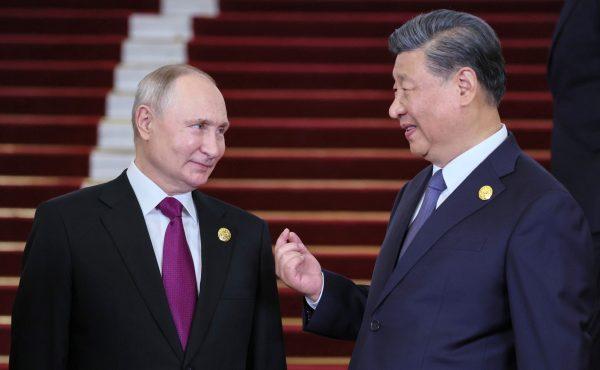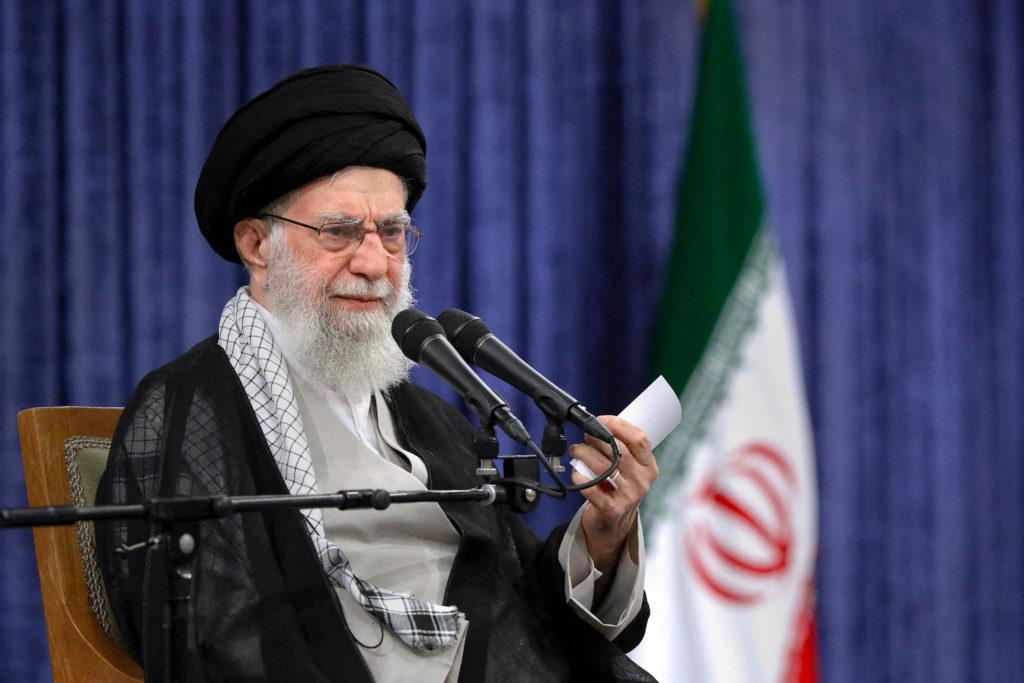In the volatile landscape of Middle Eastern geopolitics,a recent incident has sparked international tension and diplomatic discourse. France has stepped forward to condemn an Israeli strike on Tehran’s notorious Evin prison, a symbol of Iran’s complex political detention system. The calculated military action has stirred a hornet’s nest of international reactions, with the French government unequivocally declaring the strike as “unacceptable.” As the world watches and tensions simmer, this event threatens to further escalate the already fragile relationship between regional powers, casting a long shadow over diplomatic negotiations and human rights discussions. France has strongly condemned the reported Israeli strike on Evin prison in Tehran, calling the action unacceptable and possibly escalating regional tensions.Diplomatic sources suggest the incident highlights the growing complexity of Middle Eastern geopolitical dynamics.
The strategic strike, allegedly targeting the notorious detention center known for housing political prisoners and international detainees, has drawn significant international attention.Evin prison, symbolizing Iran’s controversial judicial system, has long been criticized for human rights violations and harsh treatment of prisoners.
French foreign ministry officials emphasized the need for diplomatic restraint and de-escalation, warning that such military actions could potentially trigger broader regional instability. The statement reflects France’s traditional role as a diplomatic mediator in complex international conflicts.
Geopolitical analysts suggest the strike might be part of a broader strategic calculus between Israel and Iran, two nations with historically antagonistic relationships. The targeted facility’s meaning extends beyond its physical infrastructure, representing a powerful symbolic moment in ongoing regional tensions.
Intelligence reports indicate the strike’s precision and potential military objectives, though independent verification remains challenging. The international community’s response has been mixed, with some nations expressing concern about potential humanitarian implications.
Iran’s government has predictably condemned the action,framing it as a violation of international norms and sovereignty. Diplomatic channels are likely to be intensely engaged in managing potential fallout from this incident.
The strike’s implications extend beyond immediate military considerations, potentially affecting diplomatic negotiations, regional power dynamics, and ongoing strategic calculations between multiple international actors.
Human rights organizations have already begun calling for transparent investigations and accountability,highlighting the potential civilian impact of such targeted military operations.
French diplomatic sources maintain that peaceful dialog and diplomatic engagement remain the most constructive approaches to resolving regional conflicts. The statement underscores France’s commitment to international legal frameworks and multilateral conflict resolution strategies.
The incident represents another complex layer in the intricate geopolitical landscape of the Middle East, where military actions can rapidly transform diplomatic relationships and regional stability.
Strategic experts suggest the strike could have long-term consequences for international relations, potentially influencing future diplomatic negotiations and military strategies in the region.
As tensions continue to simmer, the international community remains watchful, understanding that each action carries significant potential for either escalation or potential diplomatic breakthrough.








